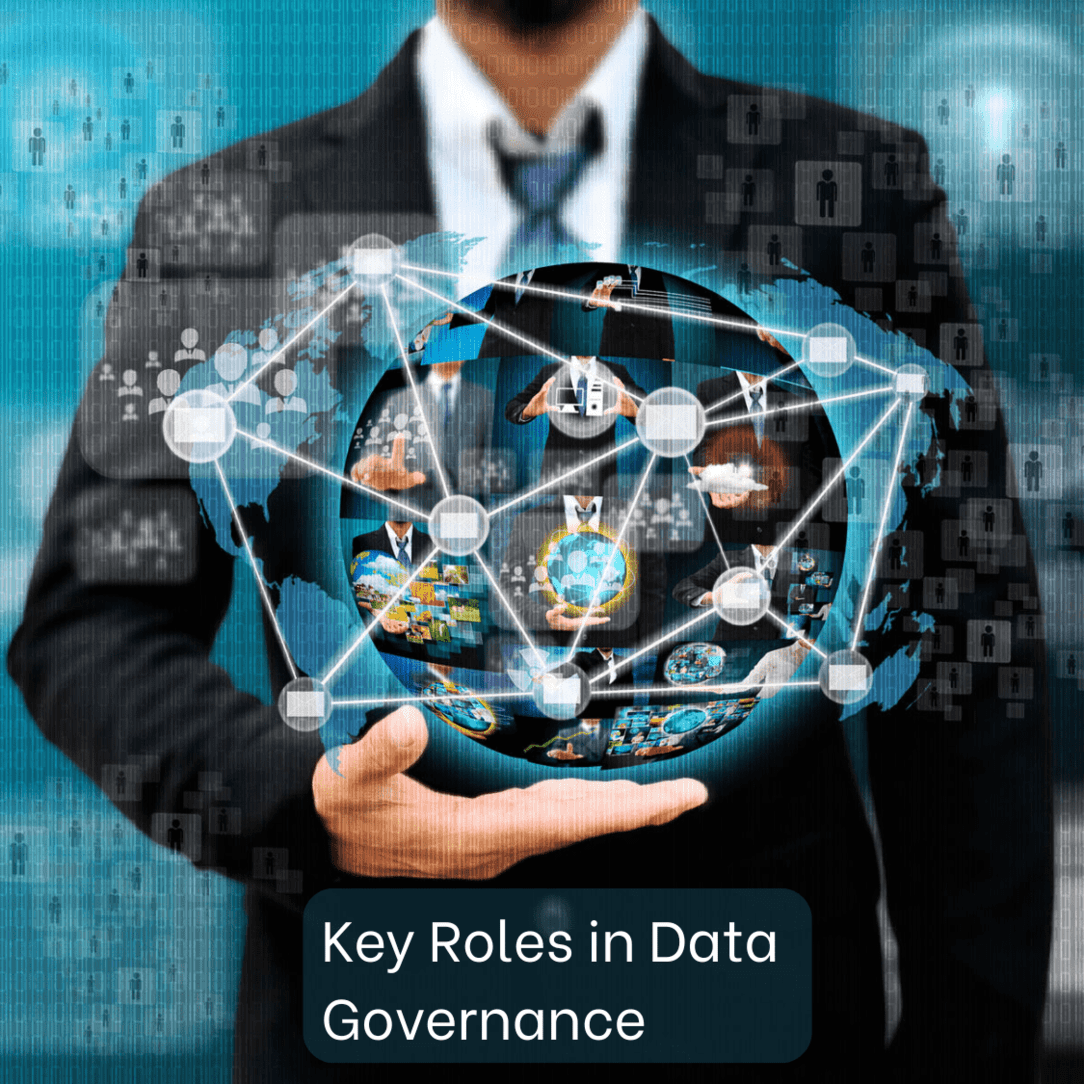The Rise of Data Governance and Compliance Services in the Enterprise Landscape
The Rise of Data Governance and Compliance Services in the Enterprise Landscape
In today's data-driven economy, information is a critical asset. But without the right controls, it quickly becomes a liability. As enterprises scale digital operations and adopt advanced technologies like AI and cloud computing, data governance and compliance are now central to sustainable success. With increased regulatory scrutiny (GDPR, HIPAA, CCPA) and growing customer expectations around privacy, governance is no longer optional it's a business necessity.
Forward-thinking organizations are embedding governance into their strategies to ensure data quality, security, accessibility, and regulatory compliance. This blog explores the end-to-end lifecycle of data governance implementation, the essential tools at each stage, and why acting now matters.

Why Data Governance and Compliance Matter
Robust data governance delivers:
Improved Data Quality: Ensures accurate, consistent, and reliable data.
Regulatory Compliance: Automates controls and audit-readiness.
Secure Data Access: Manages permissions and enforces privacy.
Operational Efficiency: Streamlines data management workflows.
Innovation Enablement: Enables AI and analytics on trusted data.
McKinsey estimates organizations can reduce data-related costs by up to 30% while increasing analytics-driven value by 50% with effective governance.

Data Governance Lifecycle: Phases and Tools
1. Prototyping: Establishing the Foundation
In this stage, organizations explore initial frameworks, map data assets, and identify compliance gaps.
Key Tools:
Collibra, Alation: Metadata management and data cataloging.
Immuta, Reprivata: Policy-based data access and privacy controls.
OpenMetadata: Open-source metadata collection and asset discovery.
2. Development: Scaling Governance Policies
As the foundation stabilizes, organizations scale policies, automate classification, and integrate governance into data workflows.
Key Tools:
BigID, OneTrust : Privacy-aware discovery, classification, and risk analysis.
Azure Purview, Google Cloud DLP: Cloud-native classification and policy enforcement.
Privacera, Axiomatics: Role-based access control and dynamic data masking.
3. Testing: Validating Controls and Risk Management
Before full deployment, all policies and processes must be validated for accuracy, resilience, and security.
Key Tools:
TrustArc, LogicGate: Risk assessments and policy compliance workflows.
Varonis, Cymulate: Threat simulation and data access anomaly detection.
Delphix, Redgate Data Masker: Test data masking and anonymization.
4. Deployment: Operationalizing Compliance
Governance policies are now integrated into the broader IT and data infrastructure. Automation, audit trails, and system-wide enforcement are key.
Key Tools:
Apache Ranger, AWS Lake Formation: Centralized access policy enforcement.
Terraform, Helm: Infrastructure as code for reproducible governance environments.
CI/CD (GitHub Actions, Jenkins): Automated testing of compliance configurations.
5. Production: Monitoring and Optimization
In production, ongoing monitoring, auditing, and optimization maintain compliance and support long-term data stewardship.
Key Tools:
Informatica, Collibra Data Quality: Rule-based quality monitoring and alerts.
Sentry, Datadog: System observability and error tracking.
Apache Atlas, Confluent: Lineage and audit traceability.
Drata, Vanta, Secureframe: Continuous compliance for SOC 2, ISO 27001, HIPAA.
Key Roles in Data Governance
Data Owners: Responsible for data quality and lifecycle.
Data Stewards: Enforce policies, maintain metadata, and monitor usage.
Compliance Officers: Ensure alignment with regulatory standards.
IT & Security Teams: Maintain infrastructure and access controls.
Frameworks and Standards to Align With
DAMA-DMBOK: Core framework for enterprise data management.
COBIT: IT governance and control practices.
NIST Privacy Framework: Privacy risk management.
ISO/IEC 27001 & 38500: Information security and IT governance standards.
Ethics, Consent, and Trust
Modern governance must go beyond checkboxes:
Data Ethics: Ensure fairness, transparency, and accountability in data use.
Consent Management: Track and honor user permissions.
Bias Monitoring: Prevent discriminatory outcomes in AI and analytics.
Why Enterprises Must Act Now
Organizations that delay risk:
Regulatory fines and audit failures
Data breaches and reputational damage
Disruption from competitors who scale faster with trustworthy data
Early adopters of governance frameworks not only ensure compliance but also unlock agility, stakeholder trust, and innovation.
Conclusion
Data governance and compliance services are mission-critical. With growing regulatory complexity and data volumes, enterprises must act deliberately. The tools, frameworks, and strategies are mature success now depends on execution.
In a data-first world, governance is not a bottleneck; it's the foundation for trustworthy, scalable, and compliant growth.




